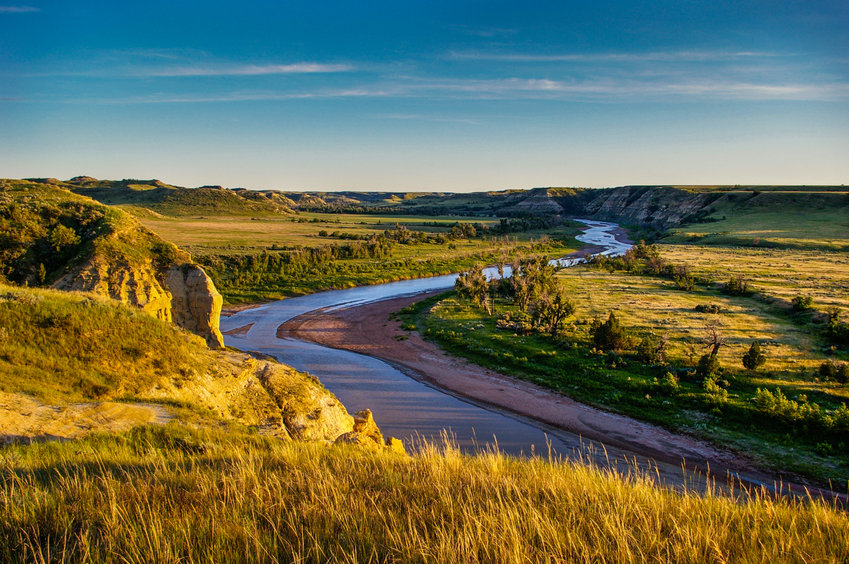North Dakota is a midwestern U.S. state dominated by the Great Plains. Its eastern city of Fargo showcases Native American and modern art at the Plains Art Museum. The area’s immigrant history is honored at the Scandinavian Heritage Association in the city of Minot. The Great Plains give way to the rugged Badlands near the border with Montana, where Theodore Roosevelt National Park spans the Little Missouri River.
Beginning in the mid 20th century, North Dakota’s rich natural resources became more critical to economic development; into the 21st century, oil extraction from the Bakken formation in the northwest has played a major role in the state’s prosperity. Such development has led to unprecedented population growth (along with high birth rates) and reduced unemployment, with North Dakota having the second lowest unemployment rate in the U.S. (after Hawaii).It ranks relatively well in metrics such as infrastructure, quality of life, economic opportunity, and public safety.
Capital: Bismarck, ND
Population: 774,948 (2021)
Official Website: https://www.nd.gov/
Tourism website: https://www.ndtourism.com/
Tourist Attractions for North Dakota:
The rugged badlands, lush woodland settings, and water-fed natural features of North Dakota provide seemingly endless landscapes to explore. As well as stunning scenery, the state presents a fascinating glimpse into the history and culture of the region through its museums and historic sites.
- Theodore Roosevelt National Park
- National Buffalo Museum
- Knife River Indian Villages National Historic Site
- North Dakota Heritage Center
- Plains Art Museum
- Scandinavian Heritage Park
- Fort Abraham Lincoln State Park
- Lake Sakakawea
- Maah Daah Hey Trail


